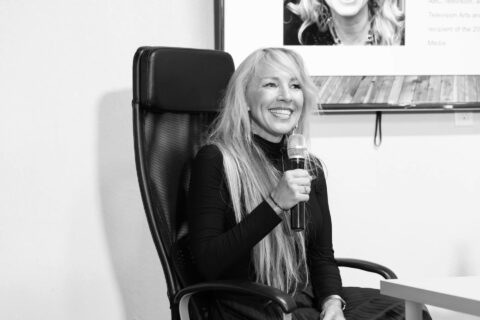There’s no such thing as a free lunch.
I mean that literally. If someone offers to buy your lunch, you should order your bacon cheeseburger with a side of skepticism. In business, people just don’t buy food for other people for no reason.
And if they don’t offer lunch without a quid pro quo in mind, why would you expect them to freely give you money to get your business going? They won’t. As you evaluate how you might raise money, you need to know the catch. Because there is always a catch.
Where’s the Money?
Most startups begin with a founder’s personal money. Here are five other common funding sources and their long-term implications:
-
Competitions
FedEx’s annual small business grant contest is a great example. The contest awards a total of $50,000 to 10 deserving U.S. small businesses. The grand prize winner receives a $25,000 grant, four first place winners each receive $5,000 and five second place winners each receive $1,000. What to look for: Is the competition legitimate? Do its guidelines set forth any requirements on your part?
-
Crowdfunding
Popular crowdfunding platforms include Kickstarter and Indiegogo. The long-term implications are limited to the terms that you set forth in your campaign. Obviously, if you make a promise to investors, you have to make good on it. Do you know exactly how you’ll deliver?
-
Government Grants
These grants are devoted primarily to research and development projects through the Small Business Innovation Research program. Eleven federal agencies participate in the program, and they are continually looking for technology innovations that can be commercialized.
-
Angels or Venture Capitalists
Acquiring an outside investor typically means that he or she will own a part of your business. That person will also be looking over your shoulder regularly. Research potential partners and their prior endeavors. Even if you know someone well, personally, it’s important to set boundaries. Fisker, the electric car company, spent more than $1 billion, partnered with another company, and received a $200 million government loan — only to fall flat on its face. Partners and loans guarantee nothing.
-
SBA Loans
Some banks, such as Wells Fargo and U.S. Bank, specialize in SBA loans. Look at the interest rate you can get based on the risk the bank assigns to your company. Then make sure you completely understand anything you sign. This is where your lawyer earns an outrageous fee.
The Cost of Financial Freedom
If you must accept lunch (or in this case, an investment) from an outsider, you should consider which one you could pay back the quickest to free yourself of obligation.
Winning a competition is the most likely way to do this. Crowdfunding or a fundraising campaign would be the next most logical option. You can set your obligations on your own terms, and the money is ultimately yours to do with as you see fit.
You’ll experience the least amount of freedom with an outside investor demanding ownership. Although you’ll be sharing costs, you’re also sharing success.
Where to Start
Today, crowdfunding platforms, like Kickstarter, are proving helpful to many startups, so it doesn’t hurt to look there before exploring other options. Similar sites include Wefunder, SecondMarket, Liquidnet, FundAnything, and CircleUp.
For example, Kickstarter worked well for Pebble, the smartwatch company. It had a simple concept and a goal of $10,000, but it ended up raising more than $10 million. Likewise, ElevationLab did quite well. As long as these companies deliver their products, they won’t see negative implications from going straight to potential customers for funding.
And according to Reuters, crowdfunding helped companies and individuals worldwide raise $2.7 billion in 2012, an 81 percent increase over the previous year. The number for 2013 was expected to top $5.1 billion. Nevertheless, bank loans far exceed this.
Ultimately, don’t lock on to just one funding source. Your qualifications may differ with each, and you may find yourself using several. While it may be tempting to bet your personal wealth on an idea, let a wiser and cooler head explain the risks. What’s your backup plan if things go south?
This is a time to have your attorney start his clock. Talk to your local banker. Make sure you know exactly what you’ll owe for that “free” bacon cheeseburger.
This article has been edited and condensed.
Daniel Wesley is the founder and CEO of Debtconsolidation.com, a website that educates consumers on how to become debt-free.
© YFS Magazine. All Rights Reserved. Copying prohibited. All material is protected by U.S. and international copyright laws. Unauthorized reproduction or distribution of this material is prohibited. Sharing of this material under Attribution-NonCommercial-NoDerivatives 4.0 International terms, listed here, is permitted.







